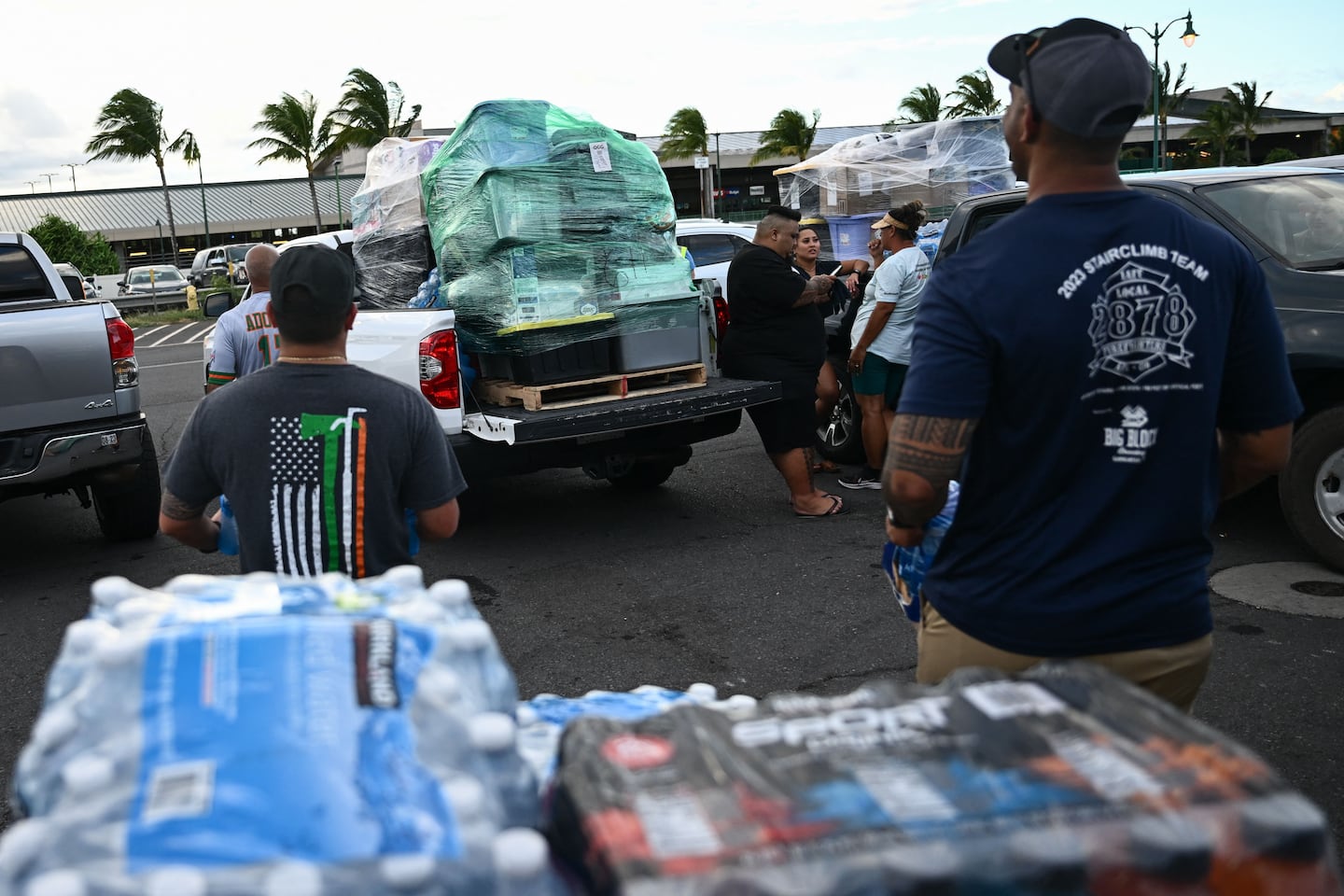A sense of frustration is taking hold among residents, who are placing blame on perceived government inaction as a substantial factor contributing to the tragic loss of life from last week’s wildfire on the Hawaiian island of Maui.
Authorities on Monday (local time) officially verified 99 fatalities and cautioned that number is anticipated to climb, as recovery teams equipped with cadaver dogs meticulously search through thousands of homes and charred vehicles in the once picturesque town of Lahaina.
On Tuesday and Wednesday last week the town was largely levelled by a fast-moving inferno. Locals who survived the ordeal are now questioning why there were no warnings.
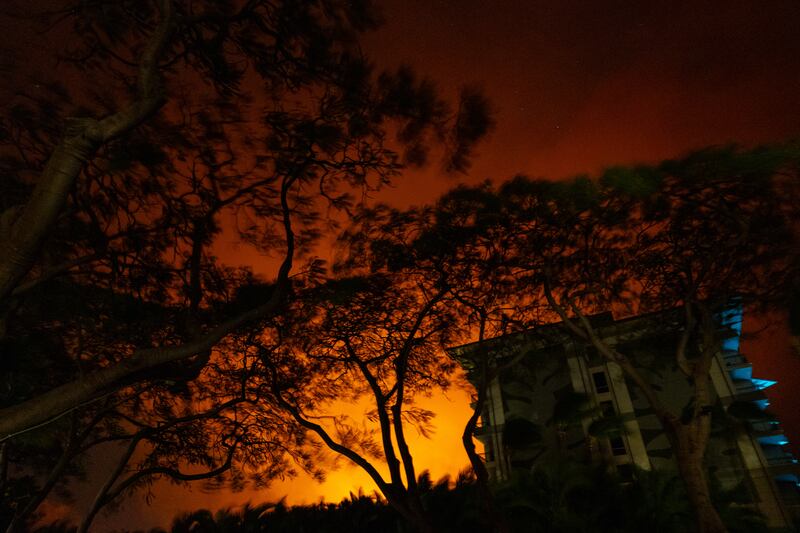
When asked on Sunday why none of the island’s sirens had been activated as part of reportedly one of the most advanced early warning systems in the world, state Senator Mazie Hirono said she would wait for the results of an investigation announced by the state’s attorney general.
“I’m not going to make any excuses for this tragedy,” Hirono told CNN.
“We are really focused, as far as I’m concerned, on the need for rescue, and, sadly, the location of more bodies.”
The fire damaged over 2,200 buildings, leaving a trail of destruction estimated at $5.5 billion (USD).
Thousands found themselves homeless in the aftermath, and only recently people have been allowed to return although reentry has been halted multiple times due to what officials describe as unrest.
Residents’ dissatisfaction with government support, is now extending beyond the initial response and to the ongoing recovery efforts.
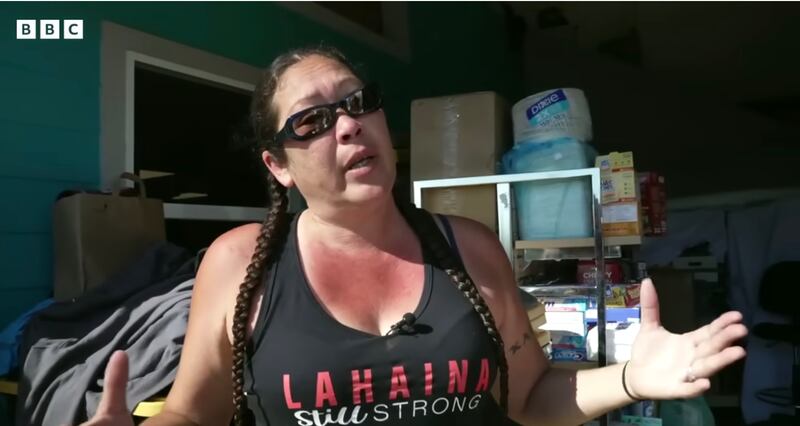
‘I’m frustrated… people are hungry. We’re all one family and we need to take care of each other.” Resident Felicia Johnson McKenzie told the BBC of a group being rebuffed to enter the red zone with food and supplies.
‘Nobody is feeding everybody, they’re traumatised and upset. Nobody is giving mental health.”
“There are babies with the same diapers since Thursday, seniors in the same pads, there are people without food’.
In tears, she added. ‘What are we doing?’
Every year, Maui’s coastlines attract hundreds of thousands of visitors, and the local economy heavily depends on tourism. However indigenous peoples are now pointing out the stark contrast between those facing hardships and those holidaying.
‘The same waters that our people just died in three days ago are the same waters the very next day, these visitors, these tourists were swimming in’ Kaleikaumaka Johnson told BBC correspondent Sophie Long.
‘That to me, says a lot about where their hearts and minds are through all of this, and where our hearts and minds are’.
‘You don’t see our people, swimming, snorkelling, surfing. Nobody is having fun in tragedy and continuing their lives like nothing has happened.’
‘There is two Hawaiis right now. The one that we’re living in, and the one that they’re living in, that they’re visiting in’.
According to the National Fire Protection Association, a nonprofit research group, the Maui fires are the most fatal in the United States since 1918, a year that saw 453 fatalities in Minnesota and Wisconsin.
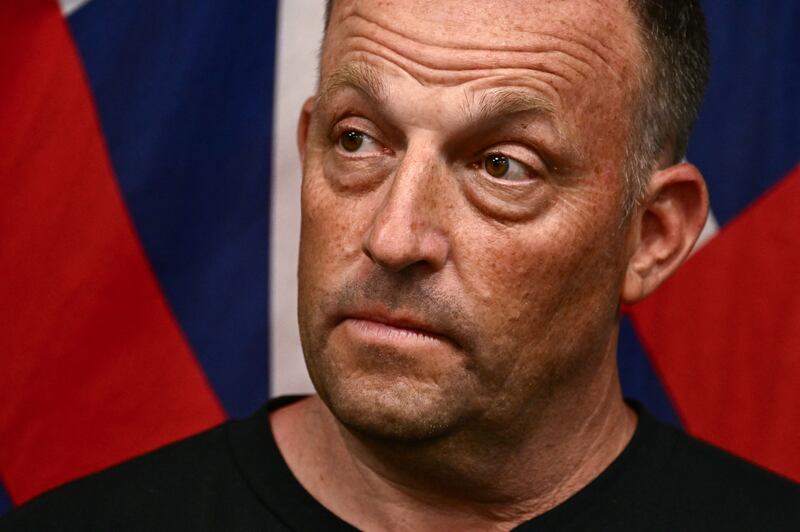
Concerns are being raised regarding the authorities’ level of preparedness, despite the islands’ exposure to natural hazards like tsunamis, earthquakes, and fierce storms.
In its emergency management plan last year, the state of Hawaii categorized the risk posed by wildfires to people as “low.”
Throughout the crisis, Maui experienced power outages, which disabled cell towers and hindered the receipt of emergency alerts on mobile phones for many.
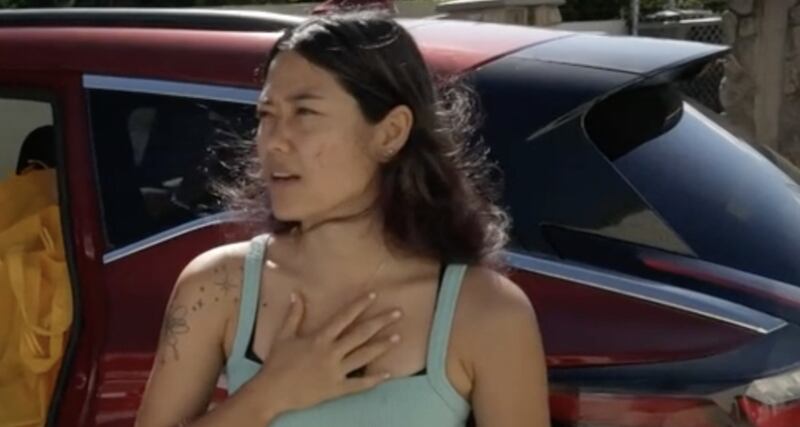
The absence of emergency sirens meant a significant number of Lahaina residents reported learning about the blaze either from neighbours rushing down the street or by witnessing it firsthand.
“The mountain behind us caught on fire and nobody told us jack,” resident Vilma Reed, 63, told the AFP news agency.
“You know when we found that there was a fire? When it was across the street from us.”
Reed, whose home was consumed by the fire, revealed her reliance on donations and the generosity of others, describing how she, her daughter, grandson, and two cats were sleeping in a car.
In a report published Sunday in The New York Times, the paper claimed some firefighters dispatched to combat the inferno had found hydrants had run dry.
“There was just no water in the hydrants,” the newspaper said, quoting firefighter Keahi Ho.
On Wednesday, the state attorney general’s office submitted a petition challenging a judge’s imposition of limitations on water extraction from rivers and reservoirs for municipal purposes, as a result of action by climate change groups.
The judge “substituted his judgment for that of the agency,” the petition said, referring to the Board of Land and Natural Resources.
“As a result, there was not enough permitted water to ... battle the wildfires.”
Noelani Ahia, a community leader from western Lahaina, told Al Jazeera that residents were uniting to support each other, as they’d always done.
“We have been removed constantly – by the tourist industry, plantations, over development – and now we have this disaster” Ahia said.
Al Jazeera’s Shihab Rattansi says sections of western Lahaina are still inaccessible due to ongoing search operations.
Rattansi says the region is regularly out of water with electricity, and phone networks failing. Community support is enabling life to persist, he said.
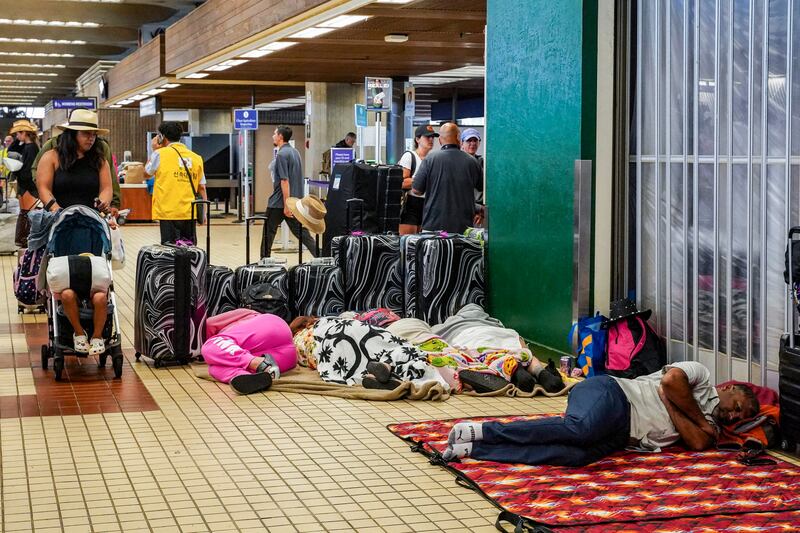
“Relief is being coordinated in [a] central area for those who can’t leave or don’t want to leave and by standing their ground, the community is marking its ground,”
Authorities are advising against tourist travel to Maui, as some hotels are making arrangements to accommodate evacuees and first responders.
Since the extent of the destruction in Lahaina became evident Wednesday, around 46,000 residents and visitors have departed from Kahului Airport in West Maui according to the Hawai’i Tourism Authority.

“In the weeks ahead, the collective resources and attention of the federal, state and county government, the West Maui community, and the travel industry must be focused on the recovery of residents who were forced to evacuate their homes and businesses,” the agency said in a statement.
Travellers are still being encouraged to visit Hawaii’s remaining islands.
The state governor says he’s working with Airbnb to ensure the availability of rental homes for locals.
Governor Josh Green announced the allocation of 500 hotel rooms for displaced locals, along with an additional 500 rooms reserved for Federal Emergency Management Agency (FEMA) personnel.
To protect jobs and support the local economy, certain hotels will continue regular operations, Green said.

